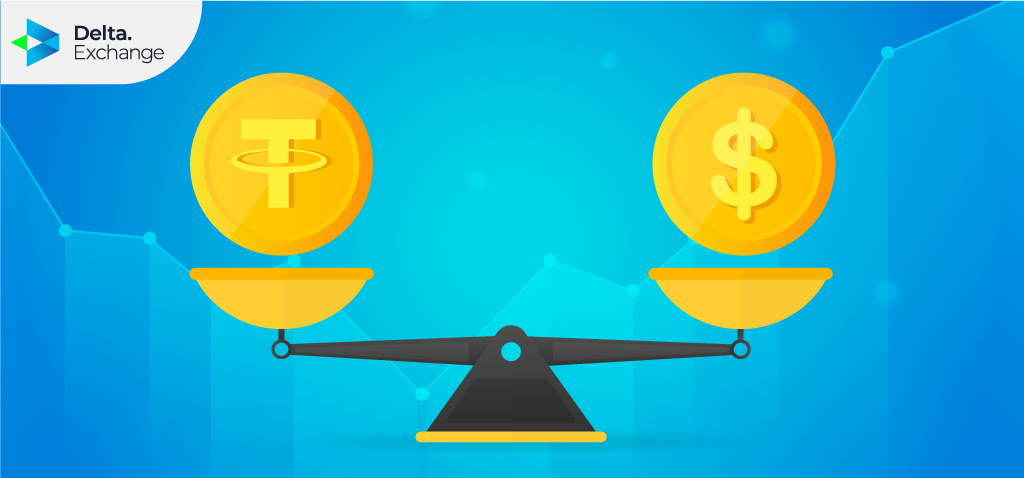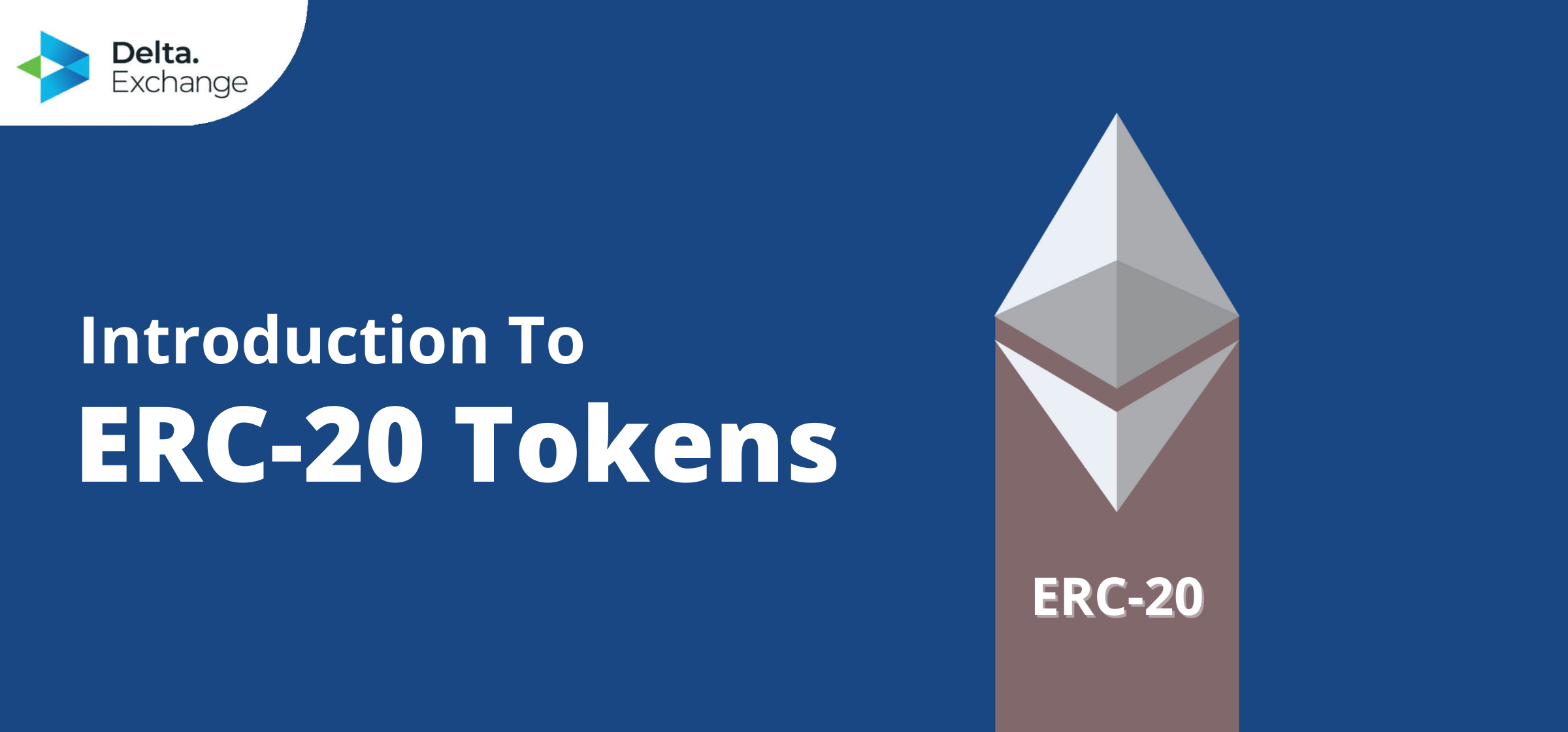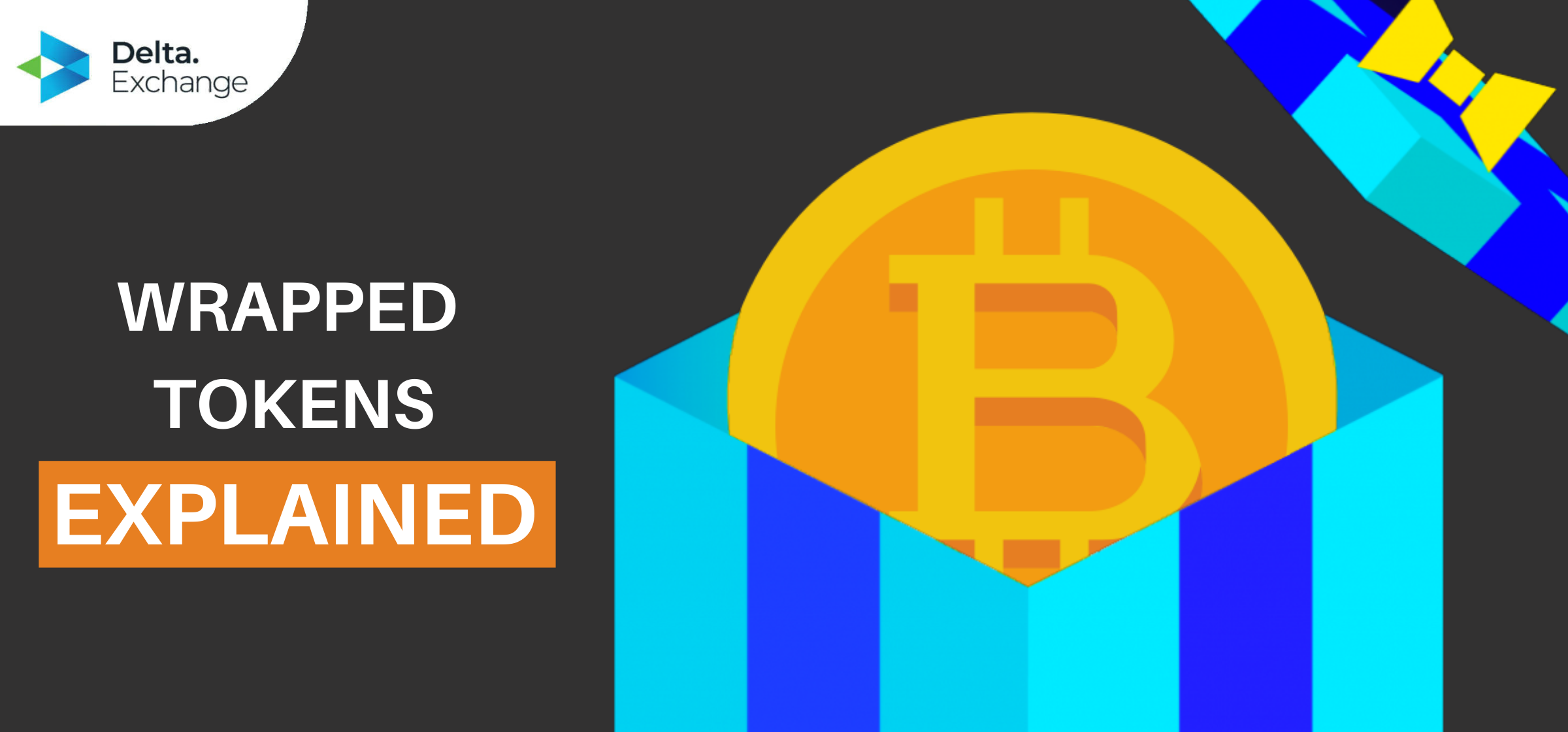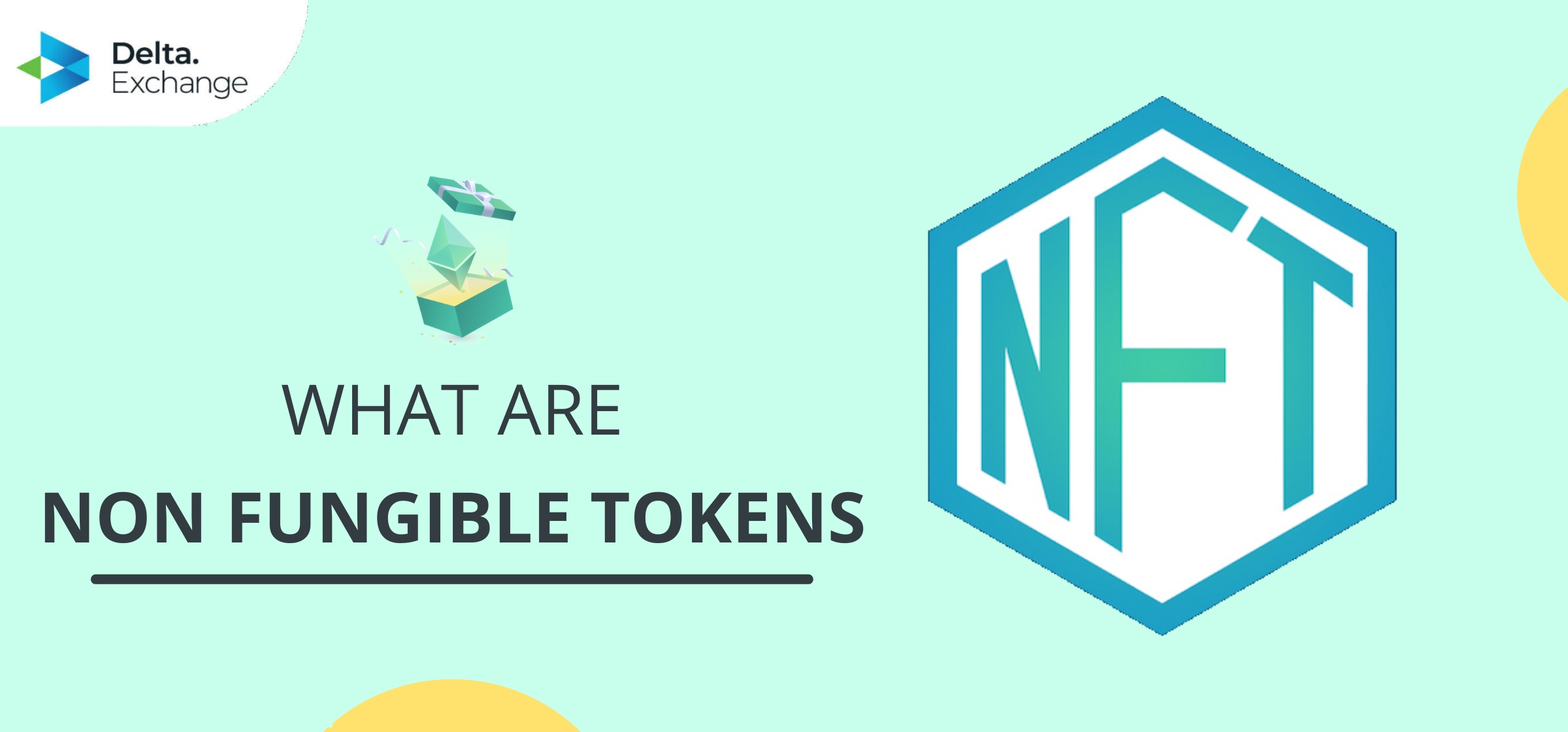Educational
September 15, 2021
Stablecoins: Why are they so important?
Shubham GoyalProduct Specialist
The current success of cryptocurrency is not a fluke. It is part of a more significant trend away from centralized finance. However, most cryptocurrency market analysts will agree that crypto volatility is in a different league entirely. Since its inception, the cryptocurrency market has been turbulent, but the previous several years have been particularly tumultuous for millions of investors worldwide. Many have gained millions during market upswings, but we’ve also seen investors lose money during the downswings in the short run. This volatility has made it so that cryptocurrencies as a payment instrument are still a bit beyond reach.
In order to facilitate payments in a decentralised manner, innovators in the crypto space have come up with Stablecoins.
What exactly are Stablecoins?
Unlike typical crypto assets, a stablecoin’s value is tied to specific currency or commodity. Most Stablecoins are, by far, linked to the US dollar. For example, Tether US Dollar (USDT) is the most popular Stablecoins in terms of market capitalization. 1 Tether USD is usually valued at precisely one US dollar, and it’s value does not change over time.
The majority of these coins operate as tokens on a separate network, many of them running as ERC20 tokens on the Ethereum blockchain. Ethereum’s blockchain has become the favored platform for launching Stablecoins.
The Tidal Wave Of Stablecoin
Stablecoins gained popularity among crypto traders as a means to swiftly liquidate positions in volatile cryptocurrencies without incurring the costs and trouble of converting back to cash. Stablecoins, on the other hand, is currently being tested to possibly underpin credit cards, financial back-ends, and e-commerce.
Visa announced a collaboration with Circle, the blockchain startup behind USDC, a stablecoin linked to the US dollar, in December 2020. The collaboration enables Circle corporate cardholders to spend USDC everywhere Visa is accepted.
It’s also worth noting that JPMorgan launched its own stablecoin, JPM Coin, in early 2019, subject to the same regulatory oversight as the bank’s other activities.
Tether is a prominent stablecoin that is highly useful for transactions that frequently encounter difficulties while converting money into USD. Tether tokens in the United States are always $1. Tether was the first stablecoin to be established, and it is still the most widely used stablecoin in the ecosystem. It has the most stablecoins in terms of circulation and market capitalization. 63 Billion USDT coins are now in circulation, with a total supply of 63.2 Billion at the time of writing.
Its nearest competition is USDC, which is similarly pegged to the dollar. While USDC is primarily regarded as more trustworthy (when compared to Tether, where transparency is not a focus), it accounts for just 15.8 percent of Stablecoin value outstanding.
Stablecoin Varieties
The underlying collateral structure of a stablecoin can be one of these types: fiat-collateralized, crypto-Collateralized, or non-Collateralized. Let’s take a look at the main types of stablecoins.
The fiat-collateralized Stablecoins is issued by a third party and backed by a single fiat currency, cash equivalents, or a basket of numerous fiat currencies. Tether is by far the most popular Stablecoin, and it is said to be backed by a vault of US dollars. USDC and Paxos are two others in this line (and with more excellent reliability).
Some well-known Fiat-collateralized Stablecoins
- Tether — USDT
- TrustToken
- TUSD Gemini
- GUSD Paxos
- PAX Circle
- USDC
Another form of Stablecoins uses crypto assets as collateral rather than fiat currency, albeit it is “soft pegged” to a fiat basis. Stablecoins must follow a series of procedures to ensure that the price of the Stablecoins created remains constant at $1.
Some well-known Crypto-Collateralized Stablecoins
Non-collateralized Stablecoins or algo Stablecoins are other types that are regulated by software to incentivize market participants to purchase or sell to preserve price stability versus the underlying currency.
Some well-known Non-Collateralized Stablecoins
Why Stablecoins?
Stablecoin are less volatile than other coins. They retain much of the attraction of existing cryptocurrencies while providing investors with access to a new and developing asset class. Stablecoin are generally unaffected by price movements in the broader crypto market since they are tied to the value of real-world assets. Stablecoins originally arose in 2014 and 2015 in response to the high volatility of Bitcoin, Ethereum, and other cryptocurrencies, which necessitated the use of a stabilizer as a means of transferring money within the crypto world.
Stablecoins issuers began by targeting crypto fans and traders. Still, they are increasingly focusing on payments, remittances and acting as gateways into and out of crypto for banks, asset managers, and other financial institutions. Stablecoins, for example, may help provide a dependable environment for peer-to-peer (P2P) transactions to take place without the need to utilize a volatile cryptocurrency like bitcoin to transact.
Stablecoin is also being used as a haven in the case of a market collapse or crash, with crypto holders changing their bitcoin to a Stablecoins in a matter of minutes on a single platform, averting potentially huge losses. Without this option, the cryptocurrency holder would have had to convert their funds back into fiat money.
How do they function in cryptocurrency markets?
Stablecoins aim to bring a low volatility cryptocurrency to market, with many pegged to the US dollar. Stablecoins have been used as a trading tool to convert volatile cryptocurrencies into more stable currency alternatives and vice versa. In contrast, from the standpoint of cryptocurrency exchanges, they enabled them to provide their consumers with US Dollar-like trading and settlement capabilities without relying on traditional wire transfers. As a result, Stablecoins allowed exchanges to become less reliant on frequently precarious banking arrangements.
Due to stringent rules, very few cryptocurrency exchanges presently handle fiat currencies.
However, the usage of stablecoins enables exchanges to bypass this issue and offer crypto-fiat trading pairings by simply utilising a USD-backed stablecoin instead of actual dollars. This would tremendously aid in adopting stablecoin in general since it simplifies getting cryptocurrency for newcomers, allowing them to think in terms of dollars or euros rather than continuously shifting bitcoin values.
Stablecoins have been used for cross-border payments, particularly between cryptocurrency exchanges, providing traders with a tool to capitalize on arbitrage possibilities, thereby boosting market efficiency.
Furthermore, Stablecoins like DAI enable users to engage in leveraged trading positions. Stablecoins integration into Decentralized Applications or as a cash leg handling in smart contract-based financial contracts has yet to gain traction. Decentralized Finance (DeFi) applications include a wide range of use cases such as decentralized exchanges, loan markets, derivatives, and on-chain asset management. Stablecoins play a vital part in all of these applications.
Unsurprisingly, digital dollar Stablecoins are increasing in value in the DeFi lending markets. USDC, for example, has become one of the most popular loan assets. Stablecoins enable investors to make a return on their crypto assets while minimizing the negative effects of market volatility in the DeFi market.
Conclusion
Nonetheless, it is critical to understand how and why stablecoin came to be to better grasp the problems they presently address and may address in the future. It remains to be seen if Stablecoins will coexist, supplement, or replace present payments. They are designed to be more stable than other cryptos, making them less prone to major decreases in value when compared to their more volatile counterparts, as they are backed by assets like US dollar or gold. However, we can conclude that Stablecoins are a shifting target with enormous potential to alter the financial system radically.
FuturesTrade Futures & Perpetual Swaps on 25+ crypto assets, with up to 100x leverage
OptionsTrade call, put or MOVE options on BTC, ETH, BNB and LINK
Interest Rate SwapsInterest rate derivatives that enable swap of fixed-floating rates
Mock Trading PlatformLearn Crypto Derivatives trading without risking real capital
Research & AnalyticsExclusive data, charts and analytics to help you trade smarter













